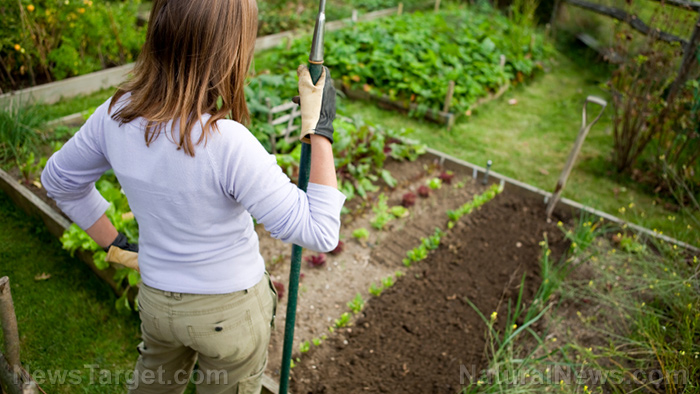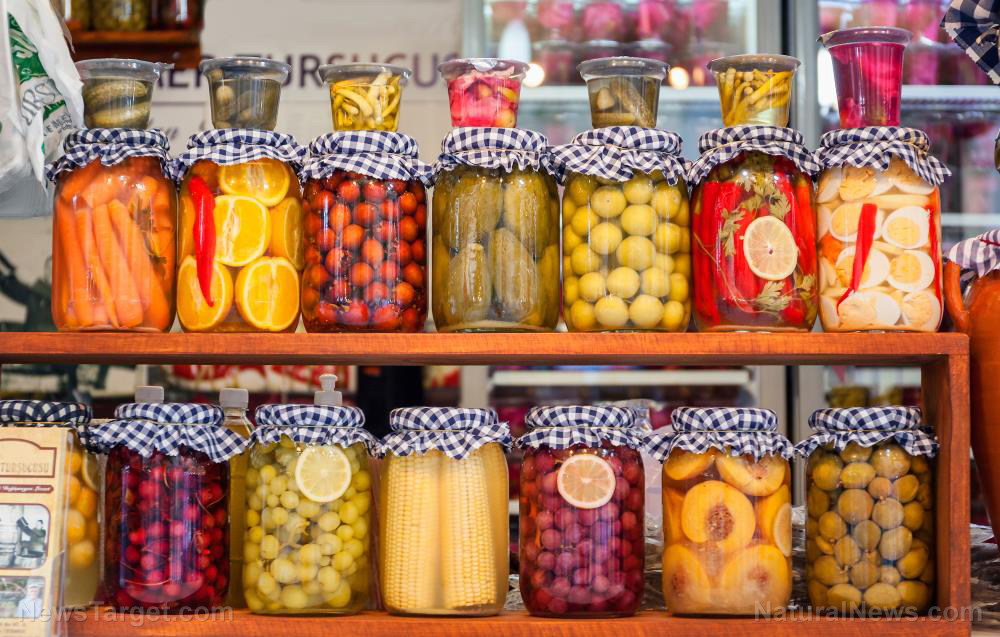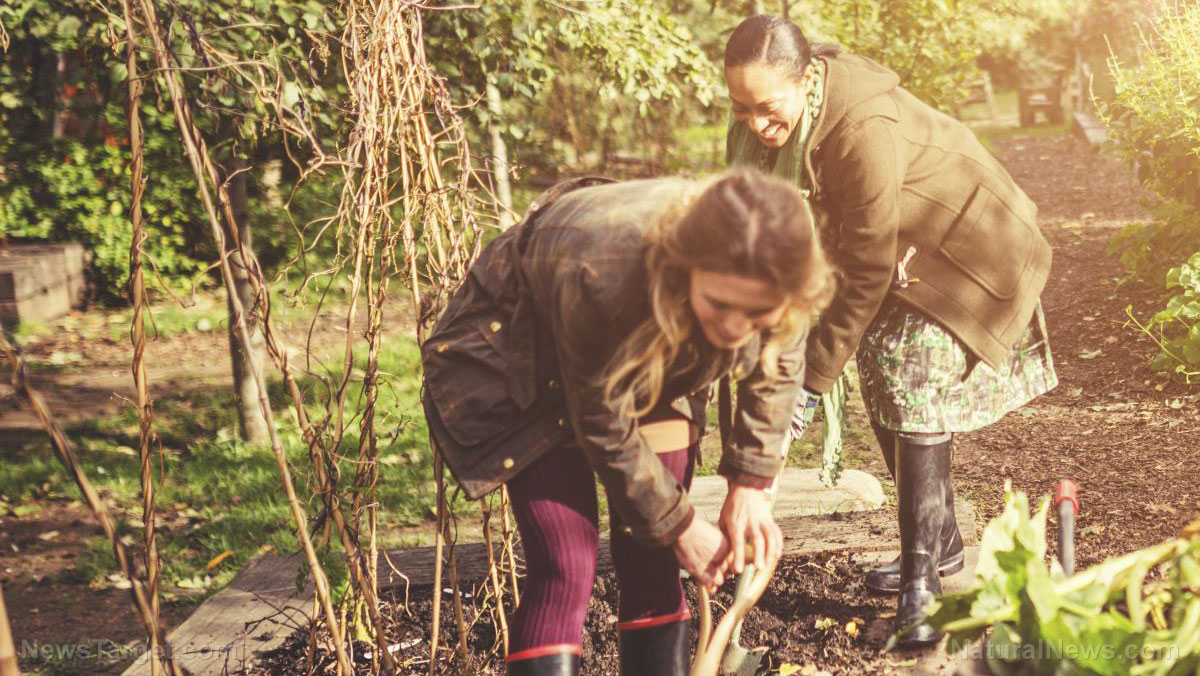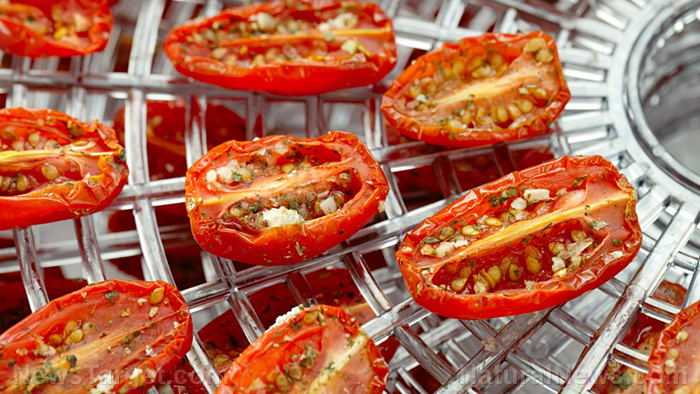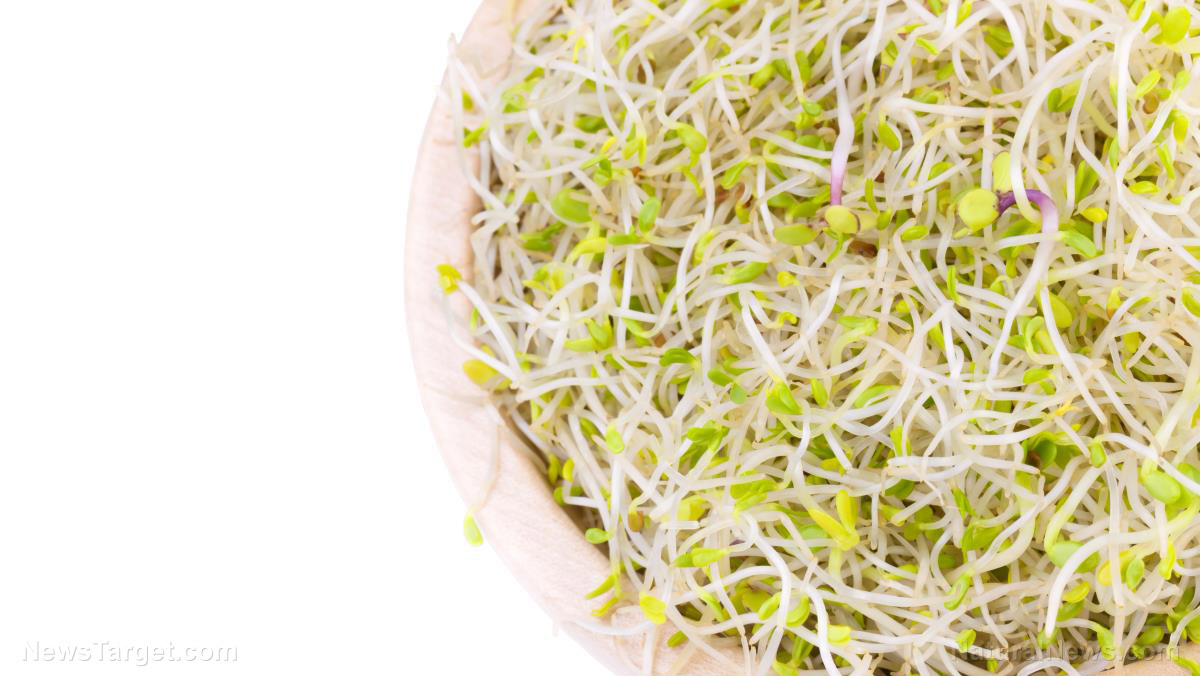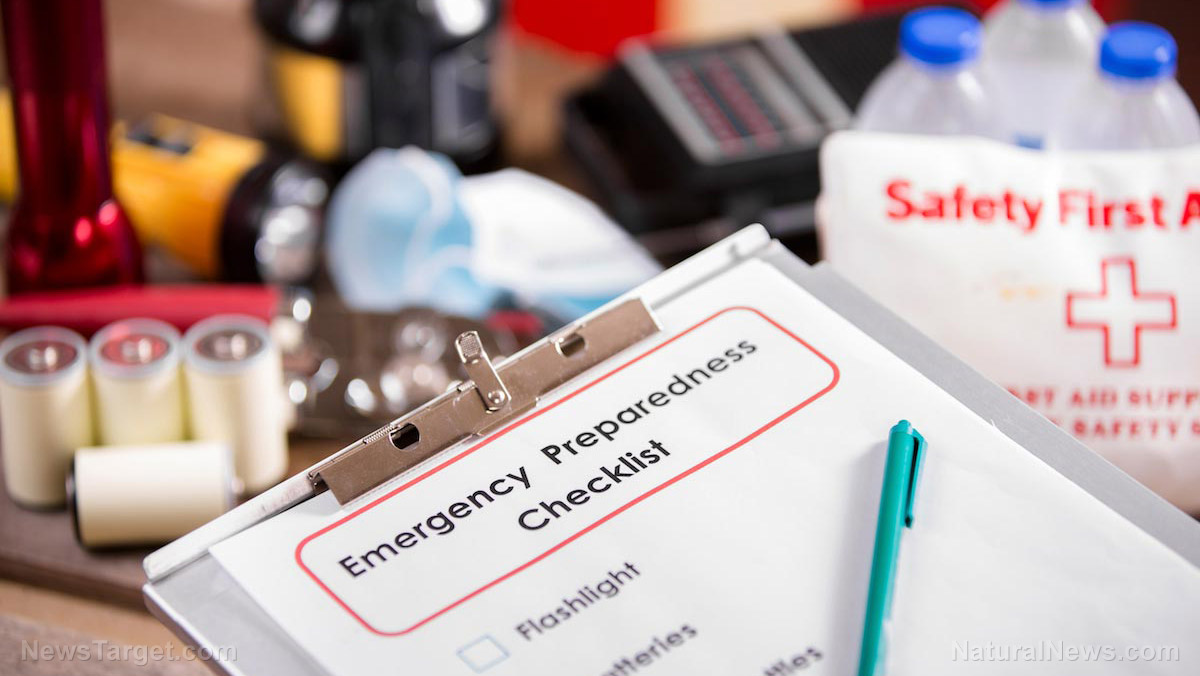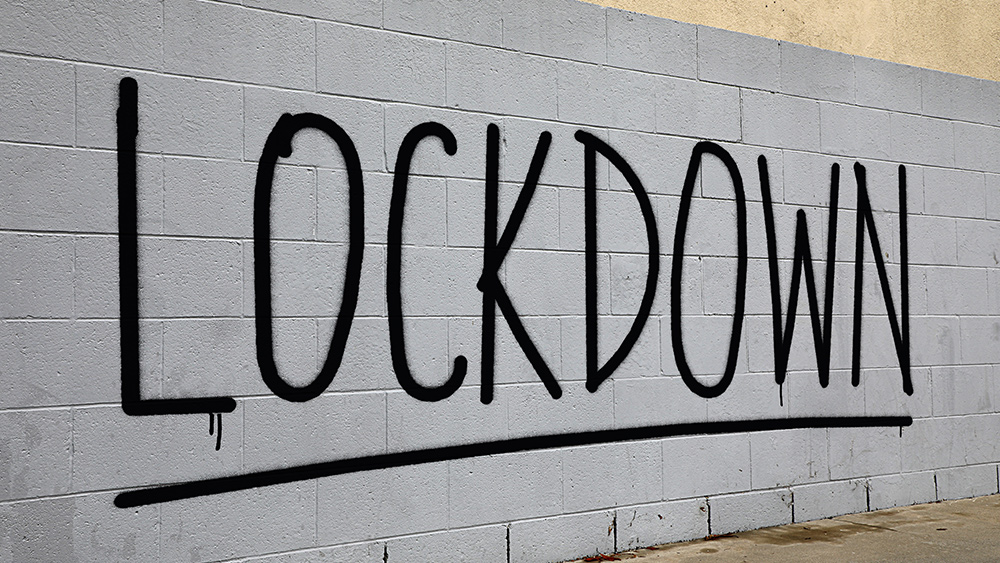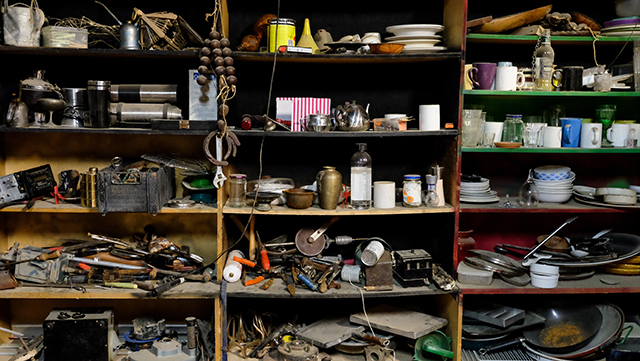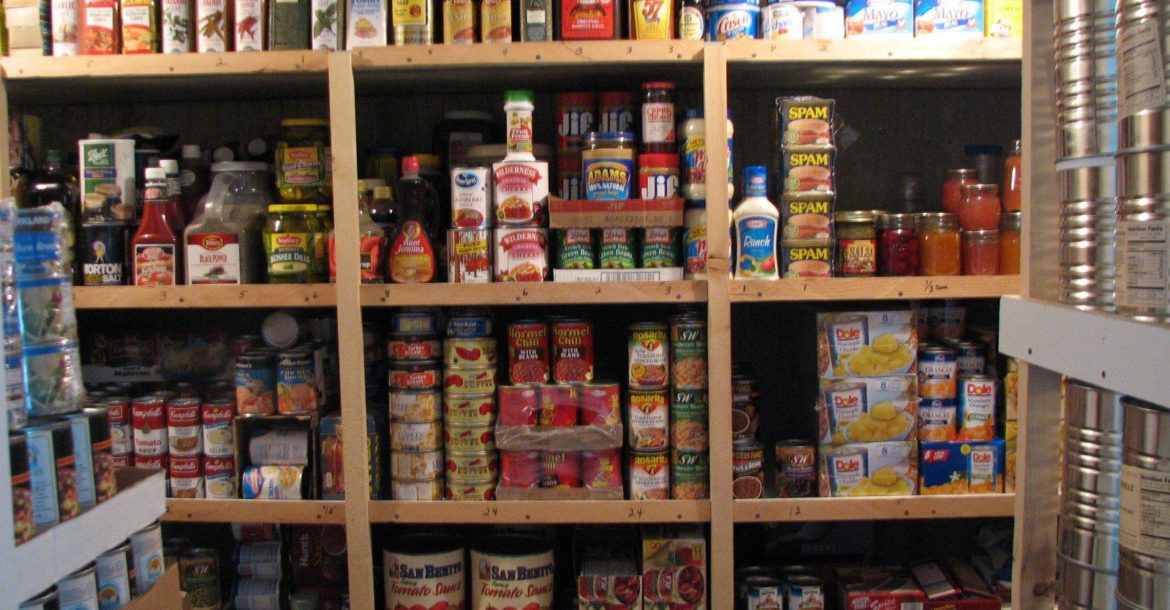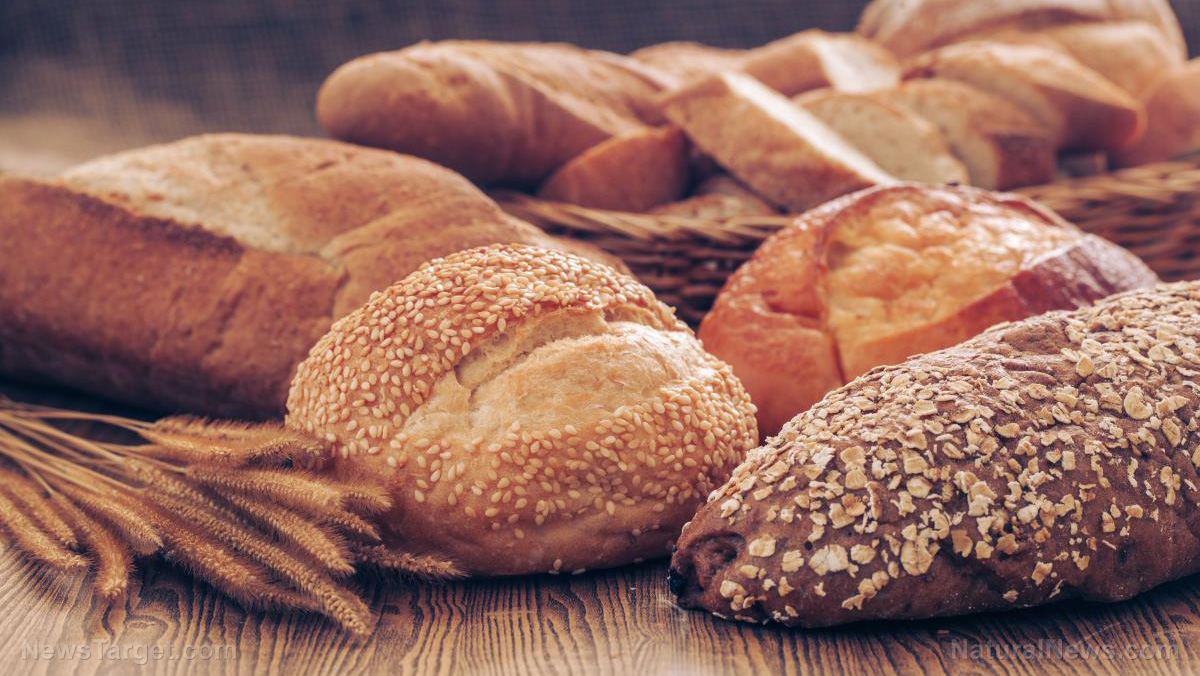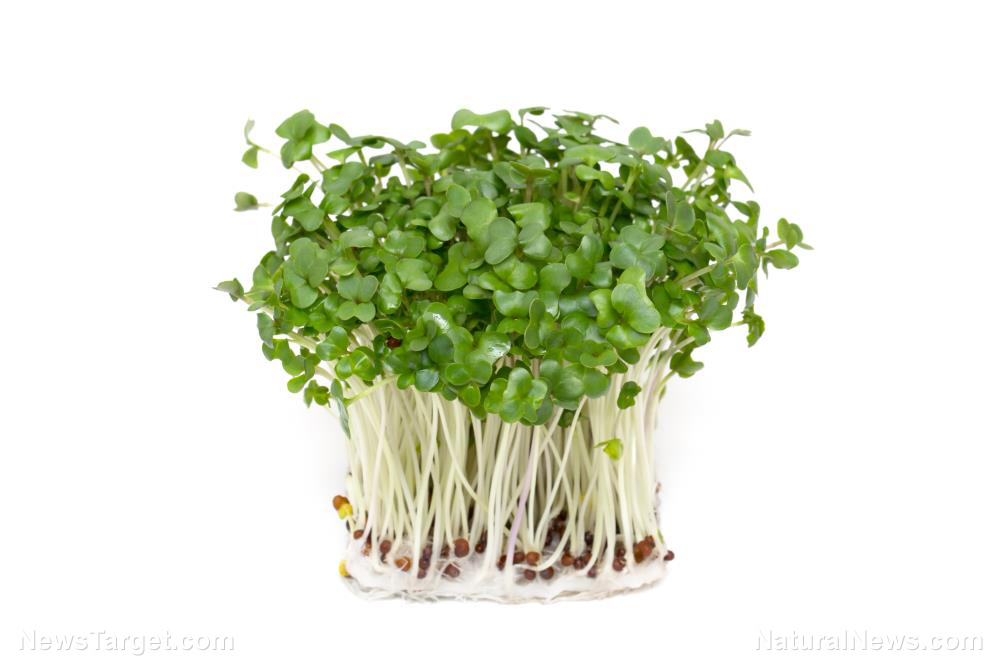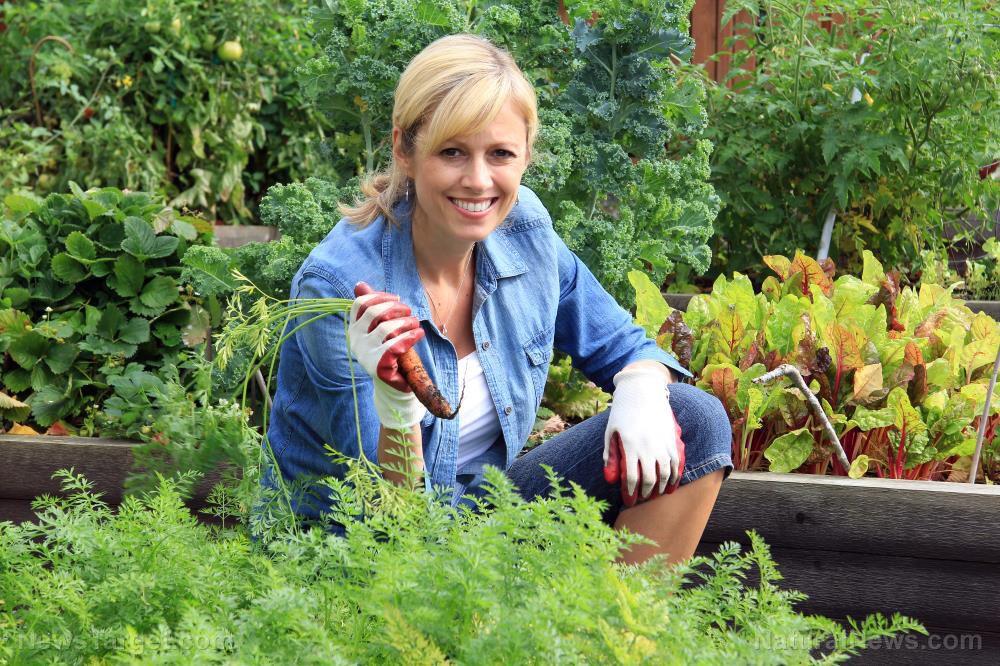Start square foot gardening and remain self-sufficient even during the coronavirus pandemic
04/16/2020 / By Zoey Sky
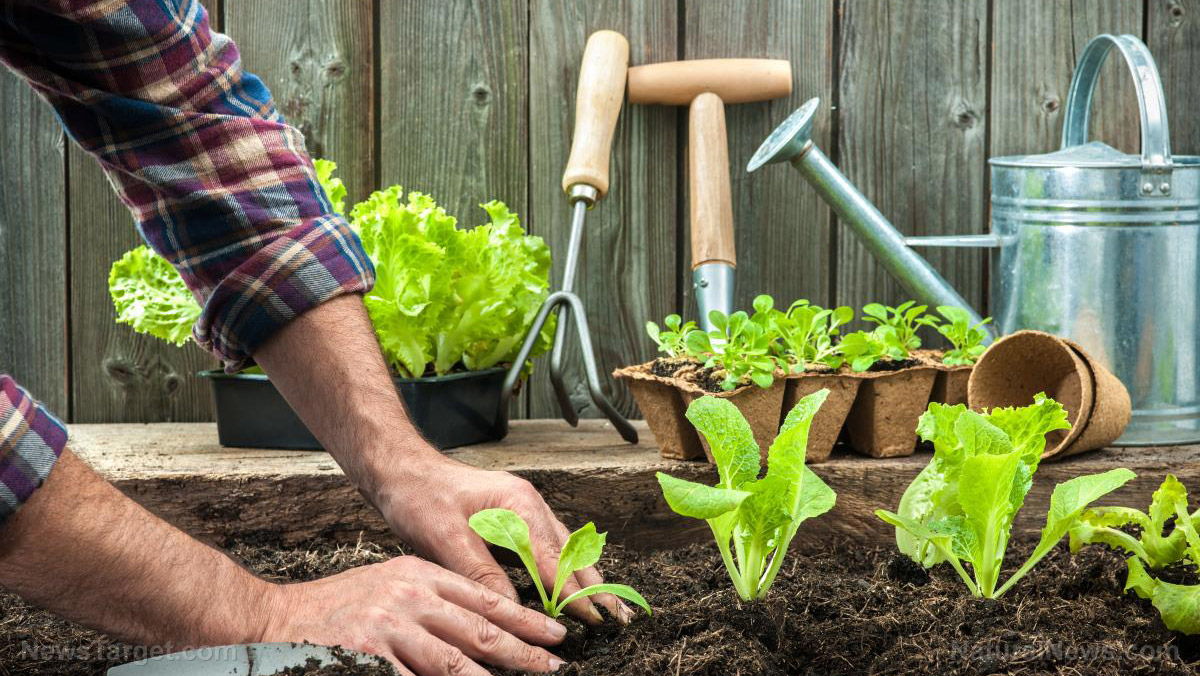
Because of fears of food shortages due to the COVID-19 pandemic, more people are showing an interest in home gardening to grow their own food. On paper, this task may seem easy, but gardening is a labor-intensive endeavor. Nonetheless, it is a hobby that can offer many benefits.
If you’re interested in growing vegetables in a small space using an efficient method, try square foot gardening.
Compared to other methods, square foot gardening takes place in a small, orderly, and highly productive plot of land.
The practice was invented by Mel Bartholomew, a backyard gardener, efficiency expert and retired engineer. He developed square foot gardening because he wanted to grow vegetables in an efficient manner and in less space than regular-sized gardens.
The idea was introduced to the public in 1981 through Bartholomew’s book “Square Foot Gardening.” The practice is perfect for people who want to start an indoor garden, those who live in apartments or people who live in areas with cooler climates.
Select a suitable location for your square foot garden
Find a spot where the ground is relatively flat and receives at least six to eight hours of full sun every day.
Don’t choose low areas that can turn into puddles after heavy rain. It’s best to settle on a spot near your house so it’s easier to water, weed and harvest.
Build a raised garden bed
Generally, square foot gardens are 4×4 feet. With a garden of this size, you can easily reach the middle no matter what side you’re standing on. It’s also easier to divide a 4×4 plot into 16 1×1 squares.
The sides of your garden must be at least six inches deep. However, if you plan to grow root vegetables like carrots, your garden should have 12-inch deep sides.
Purchase four planter wall blocks with 2-inch slots on four sides and four 4-foot-long 2x6s from a home center to make a 6-inch-tall raised bed.
Set the blocks at least four feet apart on level ground to form a square. Connect two blocks by sliding a 2×6 board into the 2-inch slots. Do the same thing with the remaining boards and blocks to create your 4×4 frame.
To make a sturdier frame, use a more durable material like pressure-treated lumber or cedar. Check the quality of the lumber and don’t purchase pressure-treated lumber from 2004 or earlier, which may have been treated with arsenic.
Arsenic from lumber will leach into your garden soil.
Fill the raised garden bed
Use amended soil to fill the raised garden bed.
To amend the soil, loosen and aerate the ground soil. Next, mix in enough compost, adding extra topsoil as needed until you fill the frame.
Place the mixture on top of a tarp, use a shovel to mix, then shovel the mixture into the frame.
Work compost into the soil at the rate of one-third by volume. This means that if the sides of your garden are six inches deep, you need to add a two-inch layer of compost into the soil.
After the bed is filled and you’ve raked the soil smooth, form a grid on top using lattice strips or string. You’ll need nails or screws to attach the grid to the sides of the frame.
Seeing all square foot sections simplifies planting. While optional, you can cover the prepared garden with a thin layer of fine mulch to conserve soil moisture and slow down weed growth.
Choosing the plants
When setting up more than one raised garden bed, leave enough space between them to roll a wheelbarrow if you plan to use one.
Follow this formula for your square foot garden:
- One extra-large plant fits in a 1×1 square (e.g., eggplant or vine tomato)
- Four large plants fit in one square (e.g., bush tomatoes or heads of lettuce)
- Nine medium plants fit in one square (e.g., onions)
- 16 small plants fit in a square (e.g., radishes)
For vegetables or fruits that spread, like watermelons, set up a separate bed.
Planting seeds
When planting seeds, plant one seed per hole. Leave enough space for a mature plant. Check the back of the packet for instructions.
Make a small hole through the mulch into the soil, add a bit of vermiculite, then plant the seed. Cover it with more vermiculite to help keep the seed moist as it sprouts.
Mist newly planted seeds daily to keep the soil from drying out. When the plants are established, water them at least once every week.
Maintaining a square foot garden
Square foot gardening requires less work than a traditional garden, but this doesn’t mean you can neglect the former after you’re done setting up.
Watering your garden
Water when the soil feels dry, but don’t water from overhead. Use a small container to water each plant one by one by pouring the water into the depressions you made when you planted them.
Water your garden more often when it’s hot or windy, which can make the soil dry out faster.
Weeding your garden
Weed every week by pulling weeds when they’re small or using scissors to cut weeds off at the base. Don’t pull them up by the roots or use a hoe, which can damage the roots of vegetables growing nearby.
Pest control
Check on your garden every day to catch pests as soon as they start targeting your crops. Use your hands or use organic sprays to eliminate pests.
If you spot aphids, knock them off plants by spraying them with a hose.
Harvesting your vegetables
Harvest when the vegetables are young and tender for flavorful produce. Unlike a traditional garden, you have less ground to cover with your square foot garden.
Buy your seeds while they’re still available in stores. Consider getting heirloom varieties if you want to save your own seeds and replant them indefinitely.
Even if food shortage isn’t imminent, it’s better to think ahead and start living a sustainable lifestyle. With gardening, you can become self-sufficient and provide for your family.
Sources include:
Tagged Under: clean food, coronavirus, covid-19, food supply, gardening, gardening tips, home gardening, homesteading, organics, preparedness, prepping, self sufficiency, self-reliance, self-sustainability, square foot gardening, survival, sustainable living, urban gardening, vegetables
RECENT NEWS & ARTICLES
Homesteading.News is a fact-based public education website published by Homesteading News Features, LLC.
All content copyright © 2018 by Homesteading News Features, LLC.
Contact Us with Tips or Corrections
All trademarks, registered trademarks and servicemarks mentioned on this site are the property of their respective owners.

